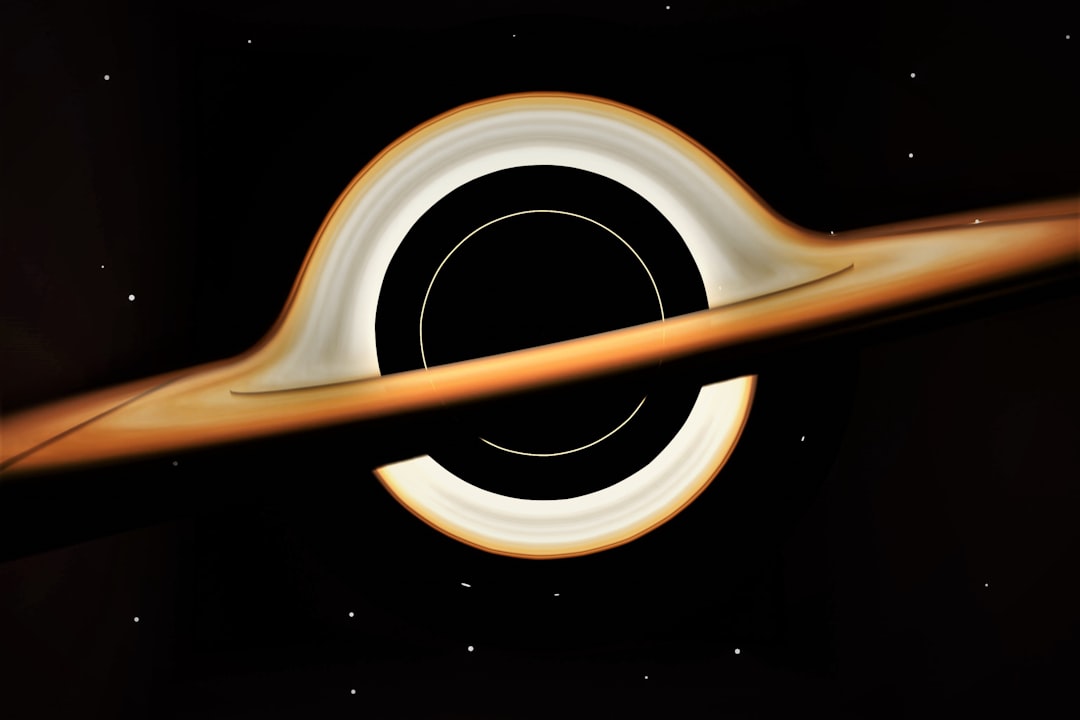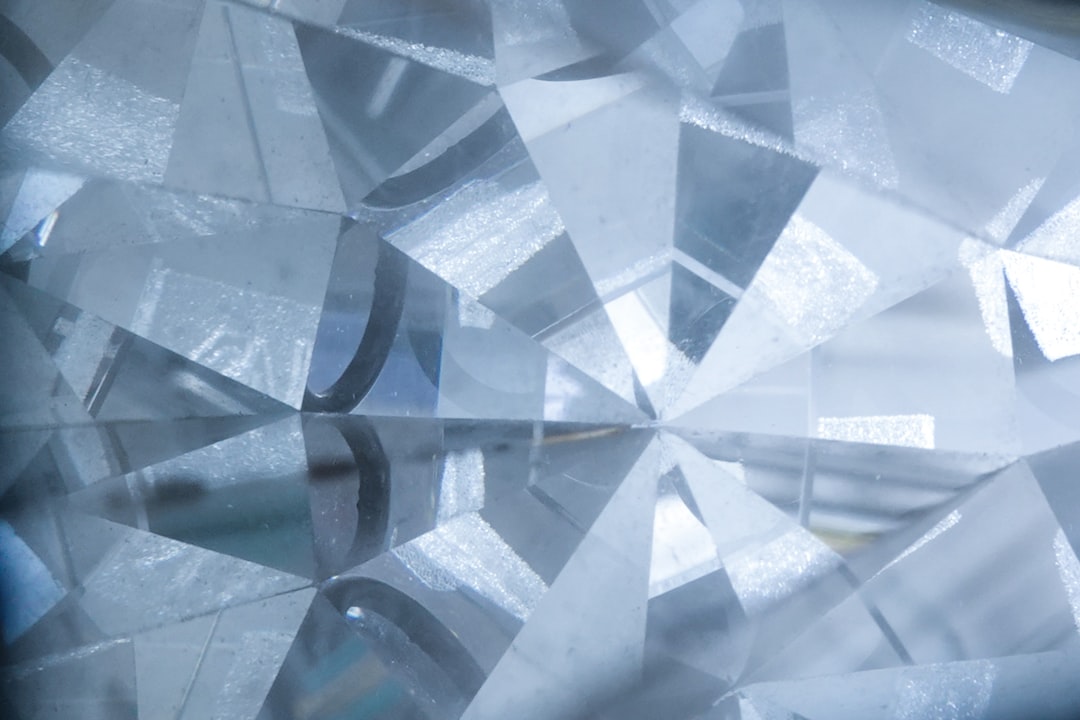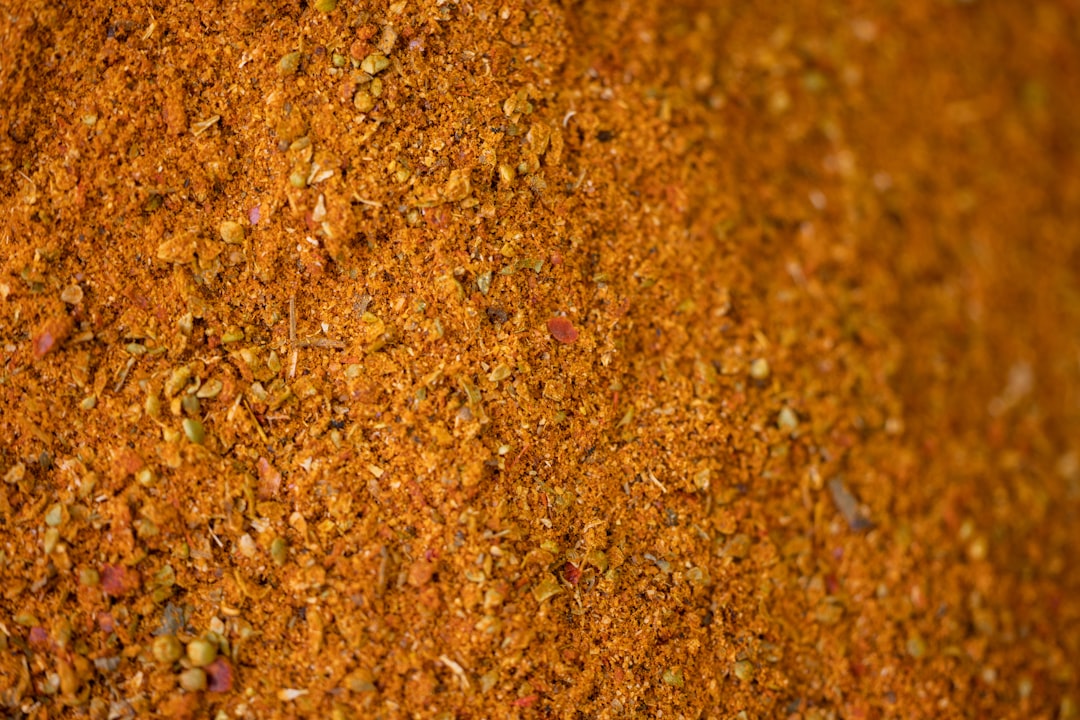What is it about?
The paper investigates the stability properties of dam-break waves in non-Newtonian fluids with power-law rheology. The researchers use a depth-averaged flow model and study both shear-thinning and shear-thickening fluids. They apply the multiple-scale technique to analyze the stability of non-uniform time-dependent conditions, finding that the marginal Froude number is a function of the power-law index, streamwise gradient of the base flow velocity, and disturbance wavelength. Numerical simulations confirm the theoretical findings. The study emphasizes the importance of considering non-uniform conditions and the effect of rheology on the stability of dam-break waves. [Some of the content on this page has been created by AI]
Featured Image

Photo by Gabor Koszegi on Unsplash
Why is it important?
The research is important because it investigates the stability properties of dam-break waves in non-Newtonian fluids, which can help understand the dynamics of free surface instabilities and their potential impact on infrastructure. The study is particularly relevant for fluids with power-law rheology, such as mud, debris, and lava flows, which are common in geophysical settings. Key Takeaways: 1. The paper investigates the stability of dam-break waves in non-Newtonian fluids with power-law rheology. 2. Both shear-thinning and shear-thickening fluids are considered. 3. The linear stability analysis shows that stable conditions can be associated with a marginal value of the Froude number, which depends on the power-law index and other factors. 4. The analysis indicates that the critical Froude number is larger than the corresponding one in uniform conditions. 5. Numerical simulations confirm the outcomes of the linear stability analysis for both shear-thinning and shear-thickening fluids. 6. The study has implications for understanding the dynamics of free surface instabilities and their potential impact on infrastructure.
Read the Original
This page is a summary of: Instabilities of a dam-break wave of power-law fluids, Physics of Fluids, October 2023, American Institute of Physics,
DOI: 10.1063/5.0163825.
You can read the full text:
Contributors
The following have contributed to this page










